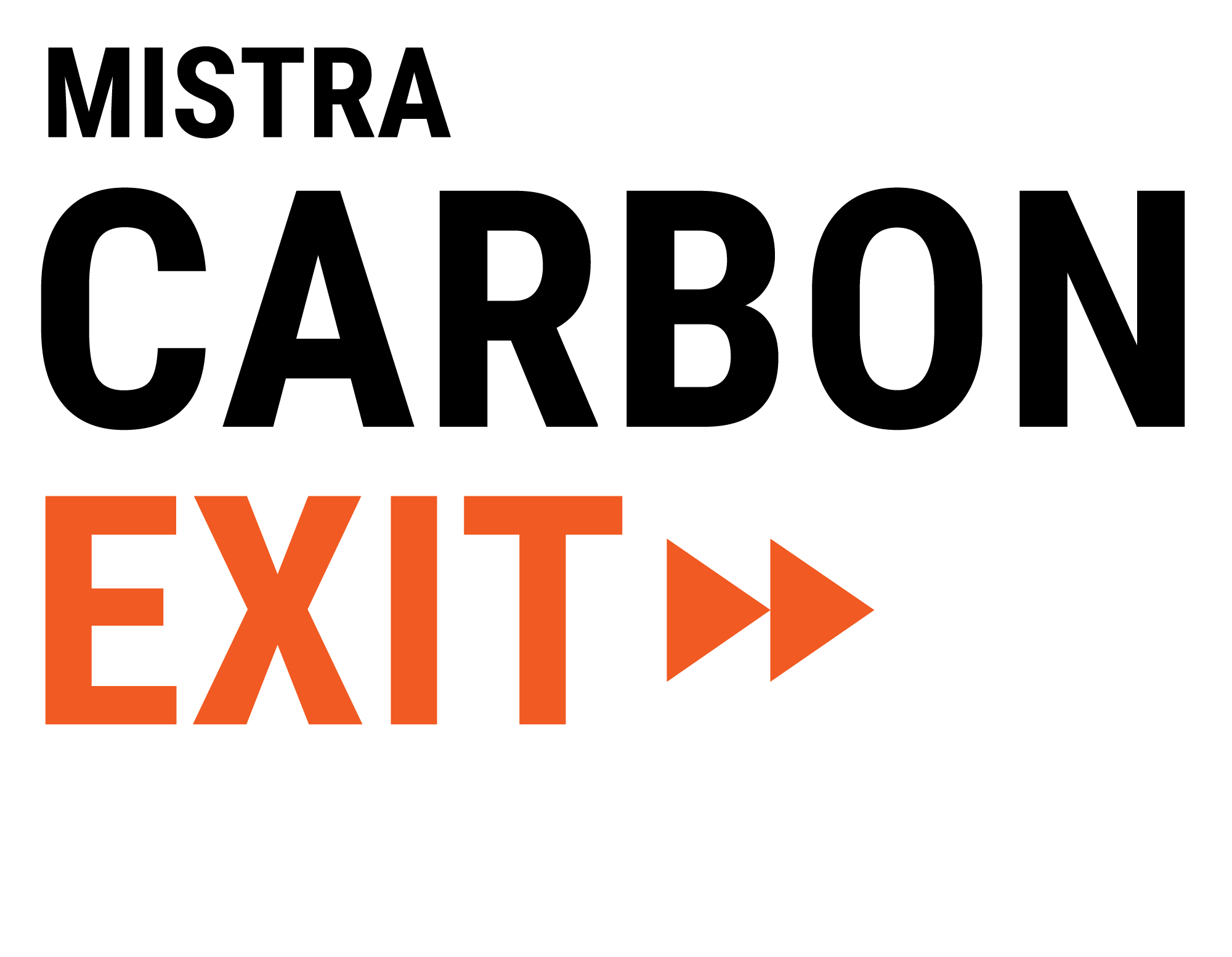Det klimatpolitiska forskningsprogrammet Mistra Carbon Exit är inne på sitt fjärde år. Nu pågår ett intensivt arbete med att sammanställa forskningsresultaten som kan ge vägledning för hur vi ska ta oss till ett koldioxidneutralt Sverige 2045.
Read MoreVilka åtgärder krävs för att regeringens politik ska vara i linje med målet om nettonollutsläpp till 2045? Tankesmedjan Fores arrangerade i förra veckan ett webbinarium där klimatpolitiska rådet presenterade sin rapport för 2020 och gav sin samlade bedömning av regeringens klimathandlingsplan. En panel med representanter från både näringsliv och akademi diskuterade sedan rapportens innehåll och klimathandlingsplanen i stort.
Read MoreThe SNS Economic Policy Council (2020) recently released a report that presents how policy should be designed to curb, and in the long term, stop global climate change.
Read MoreDuring COP25 the Climate Friendly Materials Platform (CFM) hosted an event on innovative policy instruments to transform the basic material sector to net climate neutrality.
Read MoreThis paper discusses what role trade policy can play in EU climate policy. It does so by reviewing how low-carbon investment can be boosted while addressing carbon leakage risk. It is part of an ongoing series of the Mistra Carbon Exit policy briefs exploring how the Von der Leyen Commission can best approach the multiple challenges facing the EU.
Read MoreThis paper assesses the potential for reducing the climate impact of road construction. The results indicate that it is technically possible to cut in half road construction CO2 emissions with today's best available technologies and practices, to abate more than three quarters of the emissions by 2030 and achieve close to net zero emissions by 2045.
Read MoreThe new EU Commission is taking office and at the same time Mistra Carbon Exit is publishing a policy brief concerning the EU emissions trading system, the EU ETS.
Read MoreNär den nya EU kommissionen nu är på plats kan EU:s klimatarbete starta på allvar. Med den nya ordföranden Ursula von der Layen kommer klimat och miljö få en betydligt mer framträdande roll än tidigare.
Read MoreThe UN has taken an important decision that removes one of the most discussed legal barriers to achieve net zero emissions. From October this year it is legal to export carbon dioxide for seabed storage. Mathias Fridahl, Climate policy analyst at our partner Fores, and research fellow at Linköping University, has written a blogpost on the issue.
Read MoreLars Zetterberg, programme director for Mistra Carbon Exit, was recently interviewed about the prerequisites for Sweden to become fossil free, and also about the possible scenarios and roadmaps that have emerged from the Mistra Carbon Exit research so far.
Read MoreStoring carbon dioxide deep underground may be necessary to stop climate change but there are also many uncertainties. Lars Zetterberg, Programme Director for Mistra Carbon Exit, was recently interviewed about the topic on Swedish Radio Klotet.
Read MoreMistra Carbon Exit researchers have developed a set of roadmaps exploring, both quantitatively and qualitatively, different future pathways in the Steel and Cement-industries, and in the supply chains for Buildings and Transport infrastructure.
Read MoreDanske Bank supports Mistra Carbon Exits mission because it is of great importance to our society and to our customers. To contribute with our expertise fits well with our ambitions as a bank. By taking part in the work of Mistra Carbon Exit we can gain more knowledge about the problems regarding fossil-free technologies for basic industry and transport, as well as the requirements a readjustment to a less fossil-dependent society demands on the financial industry.
Read MoreCementa, a producer of building material, is currently facing great climate challenges. To meet these challenges, the different actors of the building sector need to cooperate in the development of products and techniques that supports the climate goals. Because of this we want to be a part of Mistra Carbon Exit.
Read MoreThe overall aim of work package 2 is to identify and describe technology pathways which can comply with zero or near zero emissions along the supply chains of buildings, infrastructure and transport.
An important point of departure in the analysis is to take a supply chain perspective, from raw material to final product and service provision, rather than analysing each industry from a sector perspective.
Read More



















